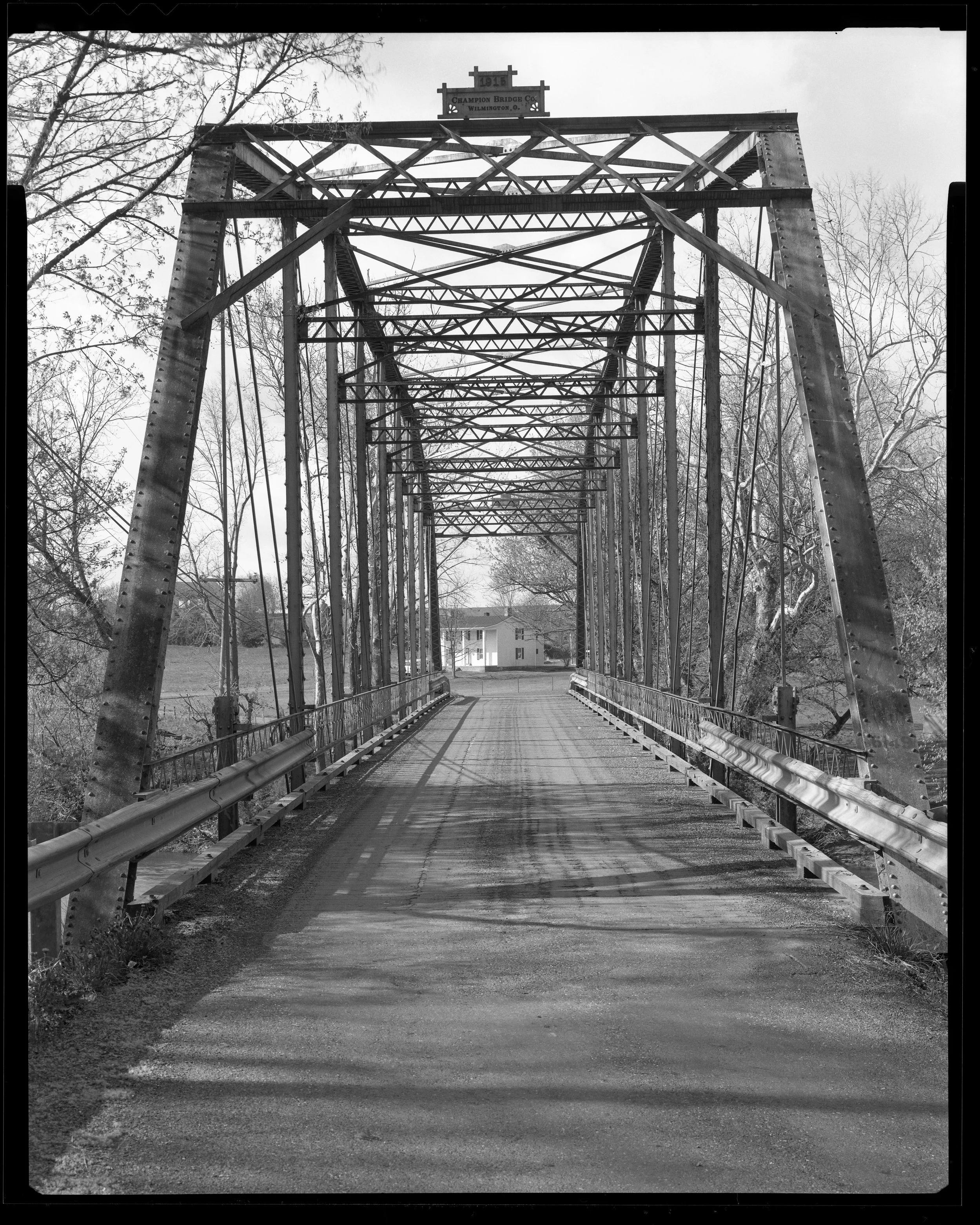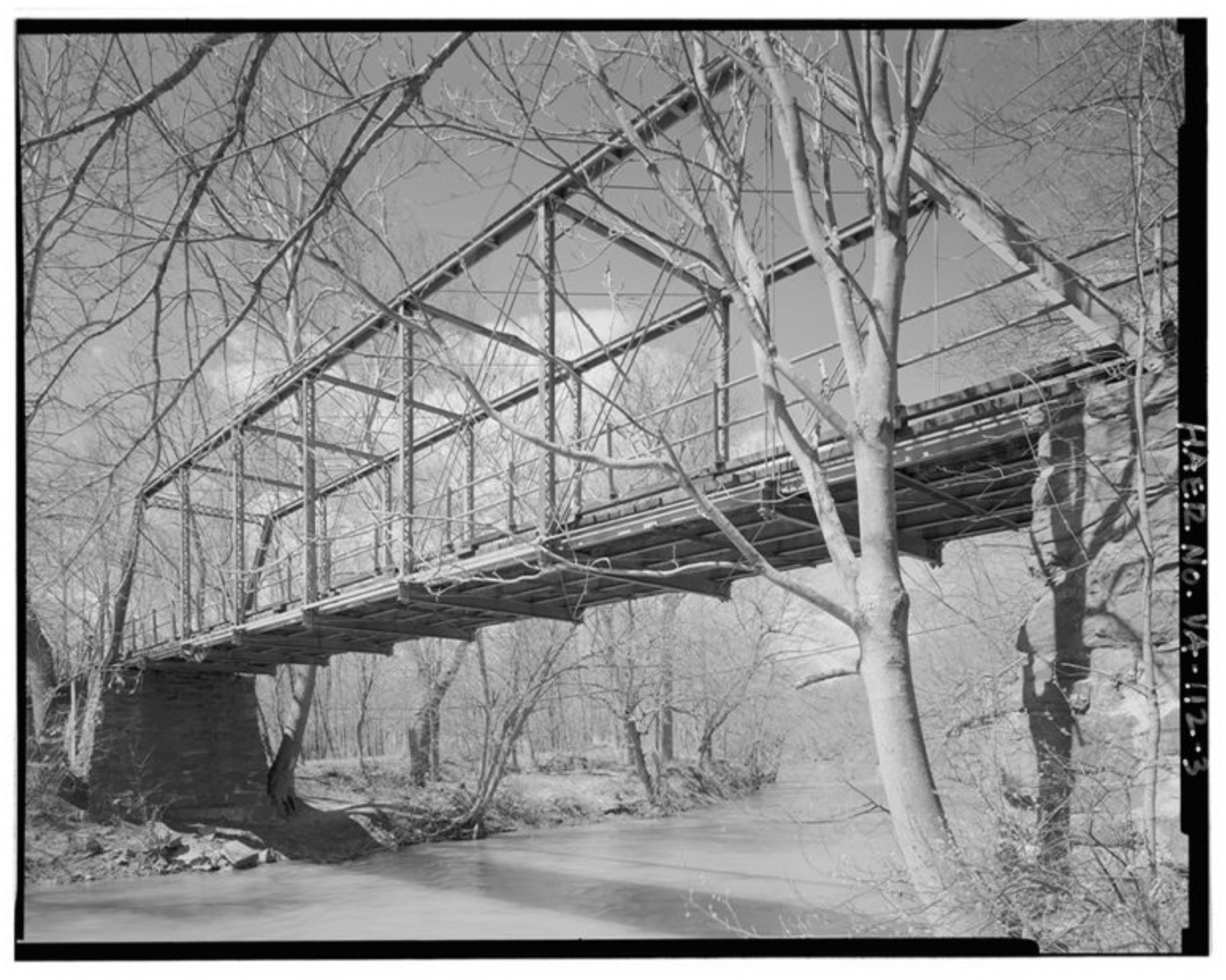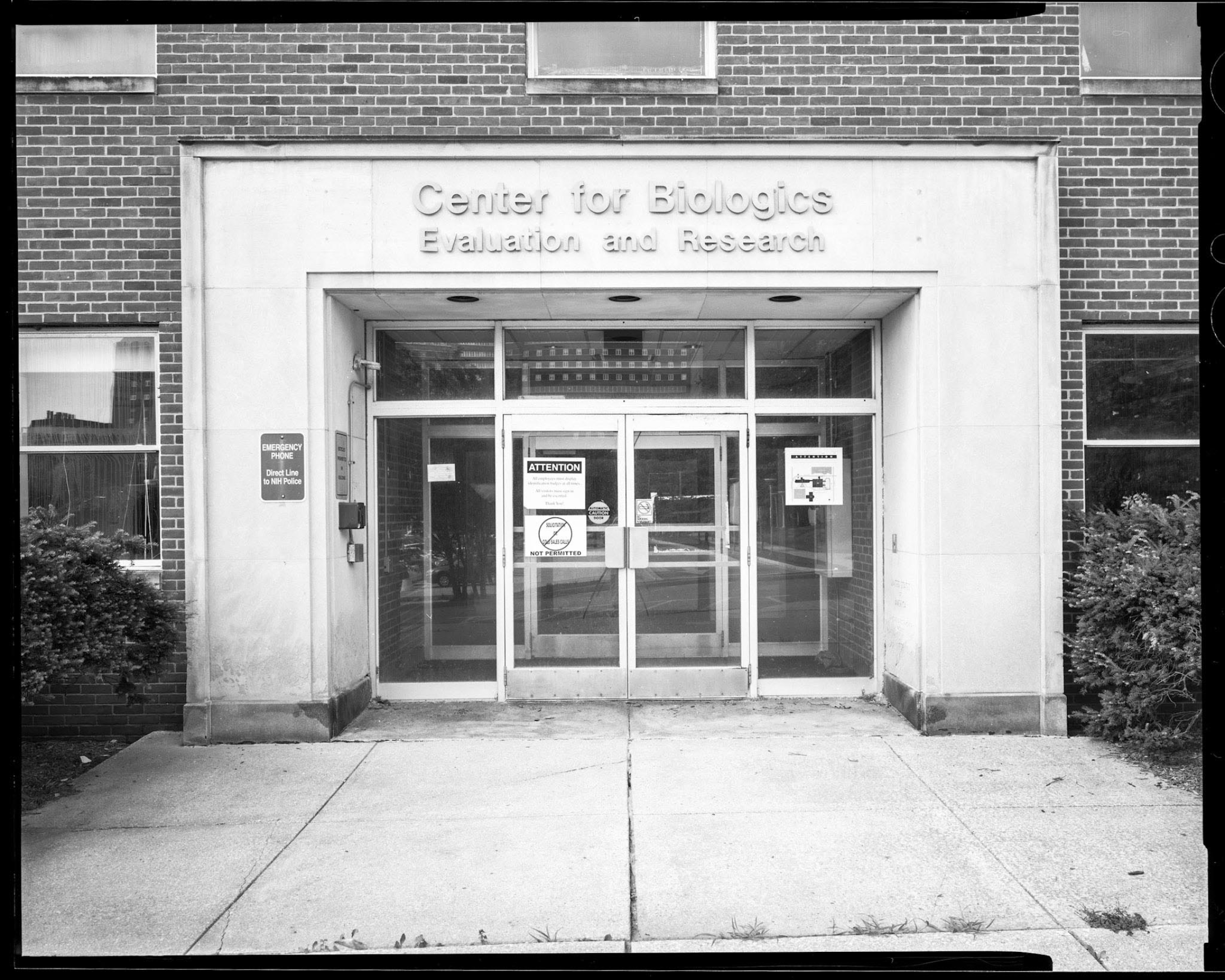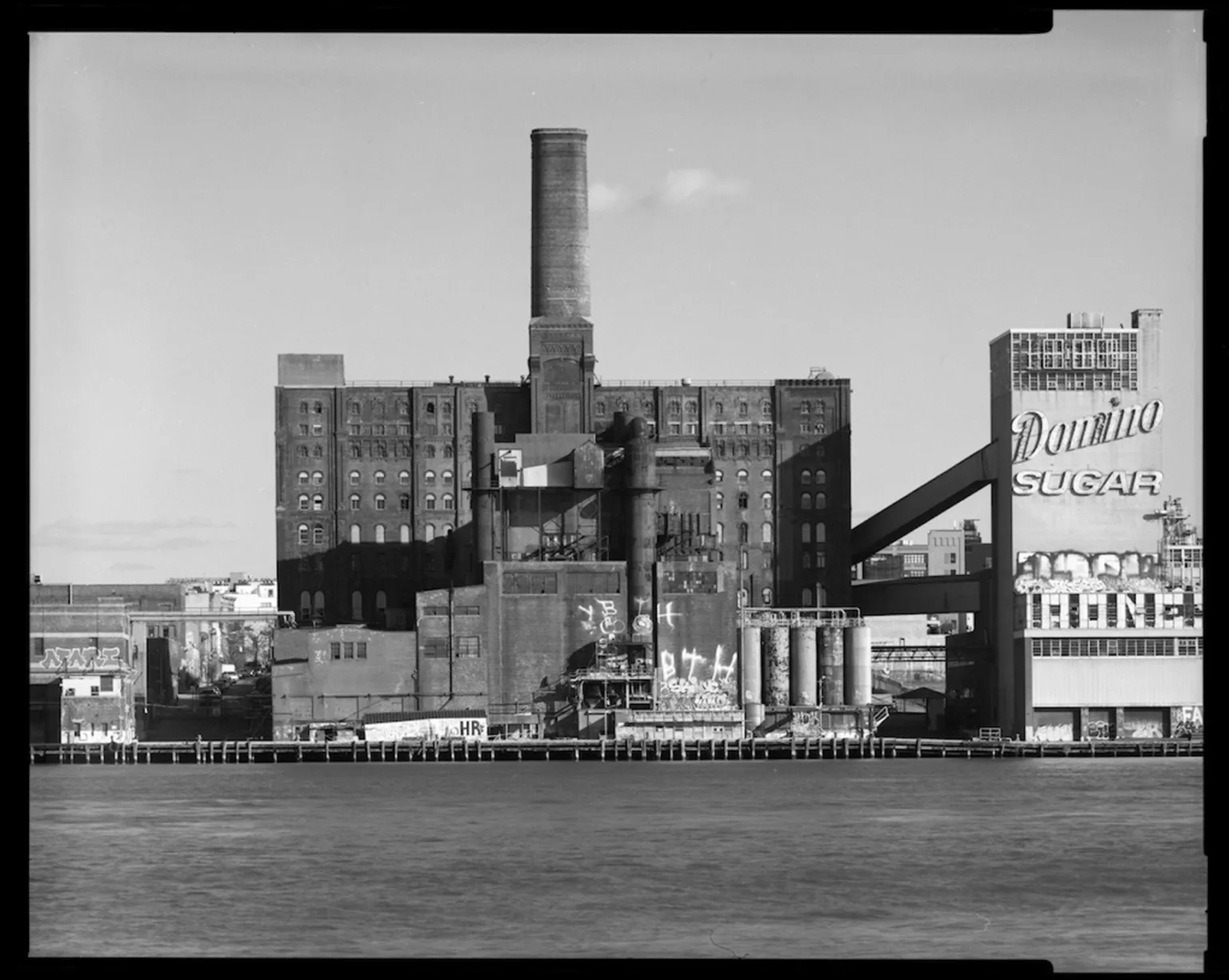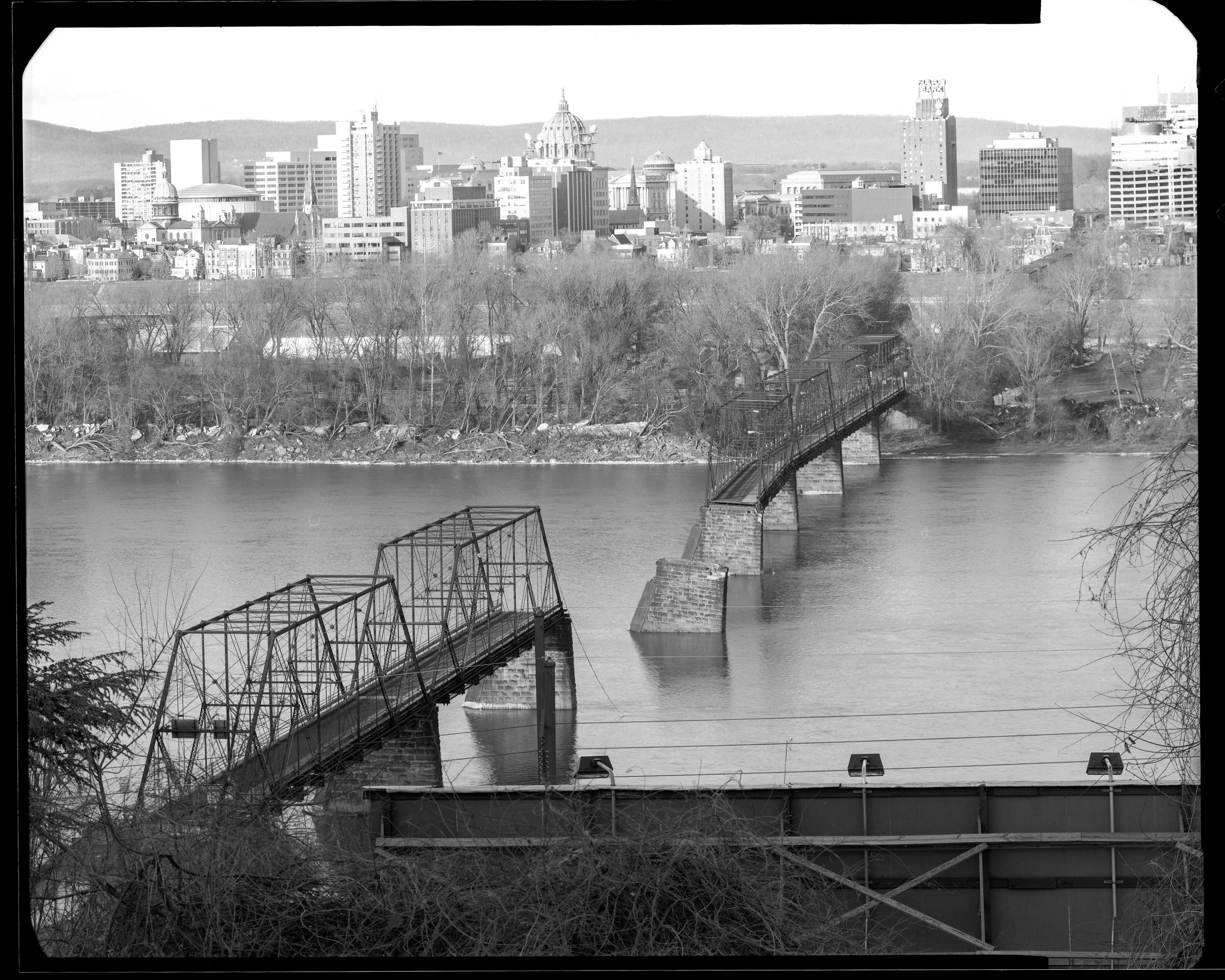ARTIST: Rob Tucher
Art Histories are highly curated presentations of an artists’ life’s work provided for appreciators today, scholars of tomorrow, and generations to come.
Rob Tucher was born and raised in New Jersey, though he has spent much of his professional career on the road. He has visited fully 49 of the 50 states and hopes to add Alaska to his tally. He was born in Plainfield, New Jersey in October of 1956 and went through the public school systems in Dunellen and Bridgewater, and then on to Rutgers University, attaining a Communications BA in 1979. Twenty years later, Rob went back to school and secured his certificate in Historic Preservation from Drew University in1999.
During a period of intern employment with the USDA Forest Service, Rob met and was later assigned to bird photographer L. John Trott. This was a pivotal experience, and John became his mentor and friend. Rob turned his attentions to photographing birds at every and all opportunities and garnered quite a few publishing credits, including a cover of the National Audubon Society’s American Birds journal in July 1981, and numerous inclusions in their and others’ guidebooks, bird books, magazines and journals. But Rob quickly discovered that freelance income derived from natural history subject matter didn’t support a growing family so he turned his vocational attentions elsewhere.
Within the context of college study, Rob also became aware of the large format B&W film tradition and, through intensive photographic study, this concentration burgeoned into a life-long obsession. While influenced greatly during his studies by the work of numerous photographers, including Emmit Gowin, Marilyn Bridges, Wynn Bullock, Jack Boucher and David Plowden, he had the distinct privilege of studying with Ansel Adams (on full tuition scholarship to the Friends of Photography Members Workshop, Carmel, California) and attended a Master Class, based on portfolio review, with George A. Tice at the New School in New York City in the art of black and white silver printing. He has also studied with Linda Connor, Jay Dusard, Bruce Barnbaum, Tricia Rosenkilde, Michael A. Smith, Paula Chamlee and Lois Conner.
He has operated Rob Tucher Photographic Documentation (PhotoDoc) as sole proprietor since 1979, providing, in particular, photographic interpretations of cultural remains and resources, but his introduction to historic structures photography began by chance in 1983. Since, he has produced a huge volume of work to the exacting standards of the Historic American Buildings Survey (HABS), the Historic American Engineering Record (HAER) and the Historic American Landscape Survey (HALS) and has recorded historic structures throughout the United States, from Maine to southern California, the State of Washington to Florida, as well as the District of Columbia, Puerto Rico and Hawaii and routinely shoots in the formats accepted by HABS, HAER, and HALS - 4"x5", 5"x7", and 8"x10.” Rob utilizes an extensive range of camera formats and film types that also include 7"x17", 8”x20”, 14”x17”, Cirkut 10” panoramic photography and B&W 5”x7” roll film aerial. Rob has an extensive arsenal of modern and vintage equipment that allows him to approach his passions and assignments with the most appropriate tools.
“The sheer joy in finding a composition that sparks creative juices within the confines of an assignment can be reward enough for being sent out in inclement weather, impossible conditions or to dangerously teetering structures.”
COLLECTION: INterior architecture
Click on an image to expand
Artist Statement
I have been producing art within the context of my professional historic documentation efforts for decades in the traditions of the Farm Security Administration’s documentation of Depression-era Dust Bowl devastation throughout America as well as and historic photographs of forests in the USDA Forest Service photographic archives. I have produced thousands of large-format negatives while adhering to fairly specific guidelines as presented by the National Park Service, but I have always found a certain amount of artistic revelry in visually dissecting a condemned or at risk structure while plying my craft. The sheer joy in finding a composition that sparks creative juices within the confines of an assignment can be reward enough for being sent out in inclement weather, impossible conditions or to dangerously teetering structures.
One embedded and consistent thread throughout my work is certainly that of a concentration in and on historic structures while cognizant that I am possibly the last person to expressively appreciate the structure before me. My work has always afforded me the opportunity to visually dissect some amazing historic structures. However, in many ways I feel like the Structural Grim Reaper (a phrase coined by my old friend Dave Weil). Many times I am one of the very last people with an appreciation for a given resource to see it as a “living” and approachable entity, and I, as photographer, take one of the very last intensive and interpretive looks at it before it is demolished, rehabilitated, modified, modernized, or otherwise and forever altered. Hence the title for my project and blog, Last Look.
Collection: Bridges
Click on an image to expand
Collection: Architecture
Click on an image to expand
Last Look Blog
© Rob Tucher, 1984
“I had been warned about straying from the building at hand because the police knew I’d be working in and near there but didn’t necessarily include surrounding areas in their patrols in their consideration for my safety. But I decided to set up and make a photograph and could justify some rambling because one of the requisites of HABS and HAER photography is to illustrate the structure in question in its context. After decades of doing this work I’ve come to believe that one of the most important and powerful visual necessities of documentation is to show context. But I was just enjoying the “urban wilderness” at this point.”
© Rob Tucher, 2020
“The farmer stopped the tractor, dismounted and walked towards me to see what I was up to. I seem to get all manner of questions, comments, claims and even threats while working with such prominent and, presumably, unfamiliar equipment. To his query, I replied that I was traveling around the region, photographing historic truss bridges for the Virginia Department of Transportation in preparation for their upcoming bridge replacement projects.”
press & Publications
With Love, the Waterloo Bridge
Written by Paula Combs
©West elevation oblique, view Northeast – Waterloo Bridge, Spanning Rappahannock River at State Route 613, Waterloo, Fauquier County, VA. By Rob Tucher, Courtesy Library of Congress
HABS Survey Level 2 Documentation of Buildings on the NIH Campus, Maryland
Featuring photographs by Rob Tucher
© Rob Tucher, July 2021.
Inside the new Domino Sugar Refinery’s $2.5 Billion Renovation
Written by Elissaveta M. Brandon
© Rob Tucher 2006
© Rob Tucher 1997
To acquire artwork from Rob Tucher’s collection, email info@amiepotsicartadvisory.com.
Click here to download Robert Tucher’s CV.
To learn more about the artist: https://lastlookphotography.com/
CREATE HISTORY NOW
Our Art Histories program features highly curated presentations of an artist’s life’s work provided for appreciators today, scholars of tomorrow, and generations to come. Creating your own art history is an important opportunity for artists to shape their own legacy.
By documenting, exhibiting, and publishing their artwork as well as placing works with institutions and collections, we help artists give the gift of creativity now and tomorrow. To learn more about Legacy Planning, contact us directly to schedule a consultation.

























































